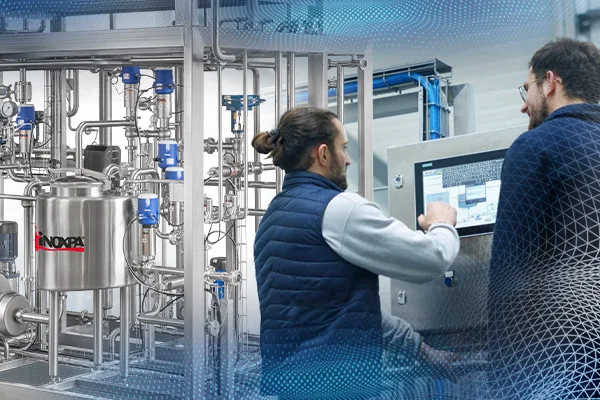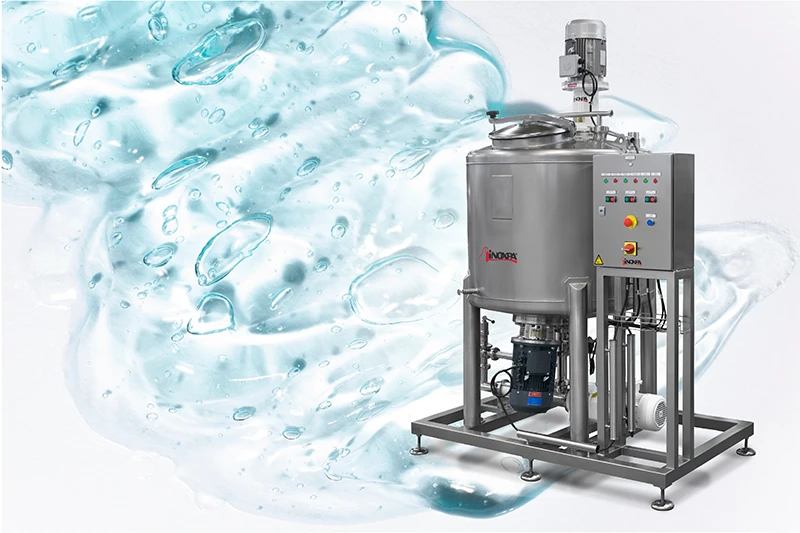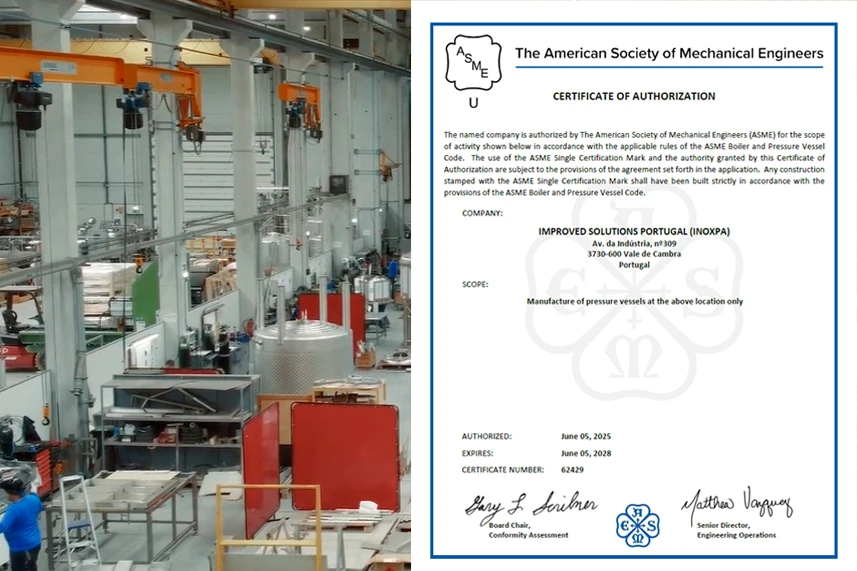Foreign Dairy Players Eye India
26/12/2014
.jpg)
Expecting fast growth in value-added dairy products such as cheese and milk, foreign entities have started looking at India as a dairy product market.
“Of the top 20 dairy companies in the world, six have already set foot in India in some way or the other many others are gauging the market, considering options to enter, although the market here is very complex,” said Shiva Mudgil, assistant vice-president (food and agribusiness research and advisory), at Rabobank.
Rabobank expects value added dairy products such as yogurt, paneer, cheese, ice cream and baby food to grow at a CAGR (compound annual growth rate) of 20 to 30 per cent in the next four to five years.
Kuldeep Saluja, managing director of Delhi-based Sterling Agro Industries, said: “Apart from Danone Food and Beverages (India), no one has yet set up production base in India. Danone, too, is outsourcing parts of its production, while New Zealand’s Fonterra is exploring possibilities of tying up with local partners. Outsourcing of production would only help local players.”
In 2012-13, India's formal dairy market size was $10 billion. The formal market comprises organised players such as co operatives and private entities which control the supply chain linkages. Rabobank expects this segment to grow at a CAGR of 13 to 15 per cent until 2019-20.
According to Sandeep Aggarwal, director of SMC Foods, the foreign players would opt for a partnership model with local ones, and not go for direct procurement from farmers. “They would focus on high-end value-added products like flavoured yogurt, very popular in the international market. Right now, 90-95 per cent of the Indian market is traditional liquid milk and the remaining is value-added products. Entry of foreign players will drive demand in this segment and open the value-added products segment for Indian players as well,” he explained.
Most local entities feel foreign dairy players taking interest in the market would help open it further. However, they point out that most foreign players are not keen on backward integration; they would prefer tying up with local players for production and focus on marketing and distribution.
Thanks to the rise in disposable income, there is heightened consumer interest in higher protein diets. With entities paying attention to this segment, the sector is set to grow further over the years.
Organised retail selling of value-added dairy products and the food service segment have helped the sector grow. Plus, the growth of food and coffee chains such as Cafe Coffee Day, Pizza Hut, Dominos, KFC and McDonald’s are expected to help increase the consumption of value-added dairy products.
Production growth in the milk segment has been around 4 per cent CAGR in the past few years, said R G Chandramogan, chairman and managing director of Hatsun Agro Products. In comparison, consumption growth has been expanding at 11 per cent CAGR, said Saluja, adding the Indian market would continue to grow for the next 20-25 years.
“After China, India is a very big dairy market. With growth in their home-markets becoming static, foreign players need to crack another big market, which is India,” said J Agarwal, director of Bhole Baba Dairy Products, which sells milk and milk products under the Krishna brand.
While local entities are not worried about the entry of foreign players they, are wary of the impact of the proposed free trade agreement (FTA) with the European Union (EU). “We strongly oppose the FTA with EU, and foreign players should not come through that route. It will only lead to dumping of dairy products in the Indian market,” said Saluja.
In India, cooperatives will still hold a large share in the organised dairy market in the coming years with some small regional entities still managing to have a strong hold. That way, organised dairy industry will still likely be the smallest formal dairy market of the BRIC countries by 2017in value terms, the Rabobank’s report noted.
Currently, 70-80 per cent of milk is procured from small and marginal farmers. Rabobank expects this procurement pattern of milk to continue over the next decade as well. Foreign players might find this challenging and it will take some time for them to be successful in India. -Source@Business-Standard
Application
Hygiene is an essential factor of the food processing, cosmetics and pharmaceutical industries. Cleaning must be considered as another stage of the production process.
Operating principle
In the food processing sector, an improper cleaning provokes contamination of the product and affects its quality. INOXPA has designed a manual CIP unit for small plants, where a high level of automation is not necessary, to facilitate the cleaning of these plants, to eliminate the impurities and reduce the quantity of bacteria.
Read here for more information on Product:
Contact
Other news
-
 30/07/2025
30/07/2025Integral solutions that make the difference
INOXPA have been offering complete, customised solutions for years. We take care of the entire engineering, automation and assembly process.
Systems -
 09/07/2025
09/07/2025CMC mixing systems
INOXPA’s CMC mixing systems are efficient, versatile, and customisable solutions for the dispersion of hydrocolloids across various industries.
Systems -
 16/06/2025
16/06/2025U-Stamp certification
This certification strengthens our position as a trusted supplier in industries where quality and compliance with standards is essential.




